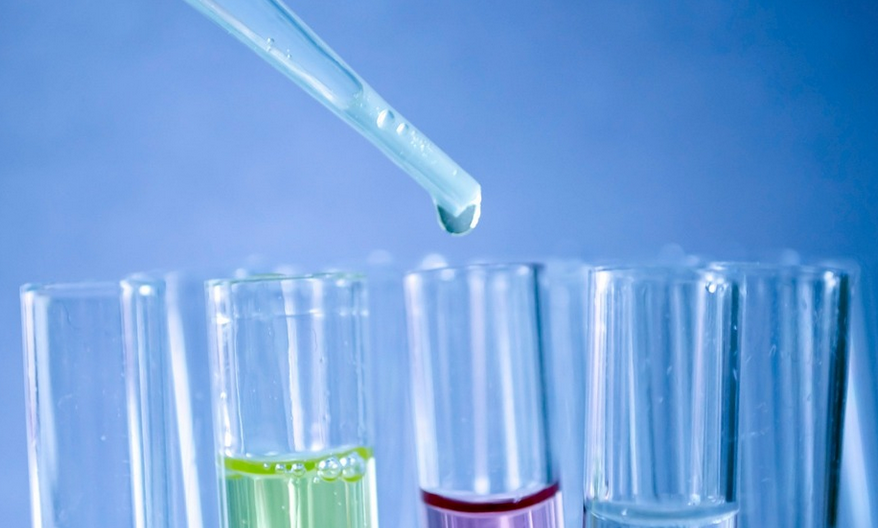Introduction
Chemistry can be a tough subject to master, and one of the most challenging topics is acids and bases. If you’re struggling to remember the different types of acids and bases, their properties, and their reactions, then this cheat sheet is for you. By the end of this article, you’ll have a thorough understanding of the chemistry of acids and bases.
What are Acids and Bases?
Acids and bases are two types of chemical compounds that have different properties. Acids are substances that donate hydrogen ions, while bases are substances that accept hydrogen ions. Acids have a pH value of less than 7, while bases have a pH value of more than 7.
Types of Acids
There are three types of acids: strong acids, weak acids, and superacids. Strong acids completely ionize in water, while weak acids only partially ionize. Superacids are extremely corrosive and can dissolve even the strongest materials.
Properties of Acids
Acids have specific properties that make them different from other types of compounds. They taste sour, can dissolve metals, and turn blue litmus paper red. They also react with bases to form salts and water.
Types of Bases
There are two types of bases: strong bases and weak bases. Strong bases completely dissociate in water, while weak bases only partially dissociate.
Properties of Bases
Bases have specific properties that make them different from other types of compounds. They taste bitter, feel slippery, and turn red litmus paper blue. They also react with acids to form salts and water.
Acid-Base Reactions
When an acid reacts with a base, it forms a salt and water. This reaction is known as neutralization. The pH of the resulting solution depends on the strength of the acid and base used in the reaction.
Acid-Base Titration
Titration is a process used to determine the concentration of an unknown acid or base by reacting it with a known amount of acid or base. The process involves adding a titrant to the unknown solution until the reaction is complete. The point at which the reaction is complete is called the endpoint.
pH Scale
The pH scale is a measure of the acidity or basicity of a solution. It ranges from 0 to 14, with 7 being neutral. Solutions with a pH less than 7 are acidic, while solutions with a pH greater than 7 are basic.
Conclusion
Acids and bases are essential topics in chemistry. By understanding their properties, reactions, and titration, you’ll be better equipped to tackle any acid-base problems you encounter. Remember to use this cheat sheet as a reference to help you master the chemistry of acids and bases.

